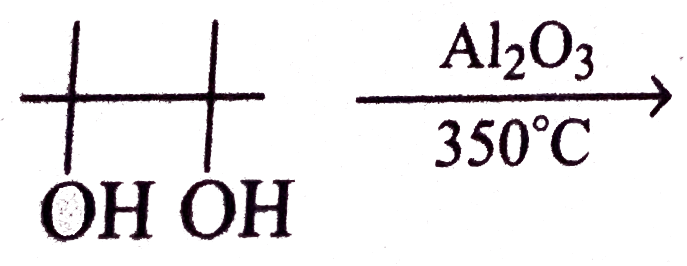The major product of reaction between n-butane and bromine at 130∘C is
CH3CH2CH2CH2Br
CH3CH2CH∣CH3Br
CH3−CH2∣CH2BrCHBr
CH3CH2CH∣CH3Br
The correct Answer is:B
To determine the major product of the reaction between n-butane and bromine at 130°C, we can follow these steps:
Step 1: Understand the Reactants
- Identify n-butane: n-butane (C4H10) has the structure CH3-CH2-CH2-CH3.
- Identify bromine: Bromine (Br2) is a diatomic molecule that can participate in substitution reactions.
Step 2: Reaction Conditions
- The reaction occurs at a high temperature (130°C), which favors radical reactions, specifically free radical bromination.
Step 3: Initiation of the Reaction
- The reaction begins with the homolytic cleavage of the Br-Br bond, generating two bromine radicals (Br•).
Step 4: Propagation Steps
- The bromine radical can abstract a hydrogen atom from n-butane, forming a butyl radical and HBr.
- The butyl radical can be either a primary (1°) or a secondary (2°) radical, depending on which hydrogen is abstracted.
Step 5: Formation of Radicals
- Primary Radical: If a hydrogen from the terminal carbon is removed, a primary butyl radical (CH3-CH2-CH2-CH2•) is formed.
- Secondary Radical: If a hydrogen from the second carbon is removed, a more stable secondary butyl radical (CH3-CH2-CH•-CH3) is formed.
Step 6: Stability of Radicals
- The secondary radical is more stable than the primary radical due to hyperconjugation and the inductive effect of the adjacent carbon atoms.
Step 7: Termination Steps
- The secondary butyl radical can react with another bromine radical to form the major product: CH3-CH2-CHBr-CH3 (2-bromobutane).
- The primary radical can also react with a bromine radical, but it will yield a less stable product: CH3-CH2-CH2-CH2Br (1-bromobutane).
Conclusion
- The major product of the reaction between n-butane and bromine at 130°C is 2-bromobutane (CH3-CH2-CHBr-CH3).
Final Answer
The major product is 2-bromobutane.
---
- Identify n-butane: n-butane (C4H10) has the structure CH3-CH2-CH2-CH3.
- Identify bromine: Bromine (Br2) is a diatomic molecule that can participate in substitution reactions.
- The reaction occurs at a high temperature (130°C), which favors radical reactions, specifically free radical bromination.
- The reaction begins with the homolytic cleavage of the Br-Br bond, generating two bromine radicals (Br•).
- The bromine radical can abstract a hydrogen atom from n-butane, forming a butyl radical and HBr.
- The butyl radical can be either a primary (1°) or a secondary (2°) radical, depending on which hydrogen is abstracted.
- Primary Radical: If a hydrogen from the terminal carbon is removed, a primary butyl radical (CH3-CH2-CH2-CH2•) is formed.
- Secondary Radical: If a hydrogen from the second carbon is removed, a more stable secondary butyl radical (CH3-CH2-CH•-CH3) is formed.
- The secondary radical is more stable than the primary radical due to hyperconjugation and the inductive effect of the adjacent carbon atoms.
- The secondary butyl radical can react with another bromine radical to form the major product: CH3-CH2-CHBr-CH3 (2-bromobutane).
- The primary radical can also react with a bromine radical, but it will yield a less stable product: CH3-CH2-CH2-CH2Br (1-bromobutane).
- The major product of the reaction between n-butane and bromine at 130°C is 2-bromobutane (CH3-CH2-CHBr-CH3).
The major product is 2-bromobutane.
Topper's Solved these Questions
Similar Questions
Knowledge Check
- Question 1 - Select One
The major product of the reaction is
 A
A B
B C
C D
D
- Question 2 - Select One
The major product formed in the reaction
 A
A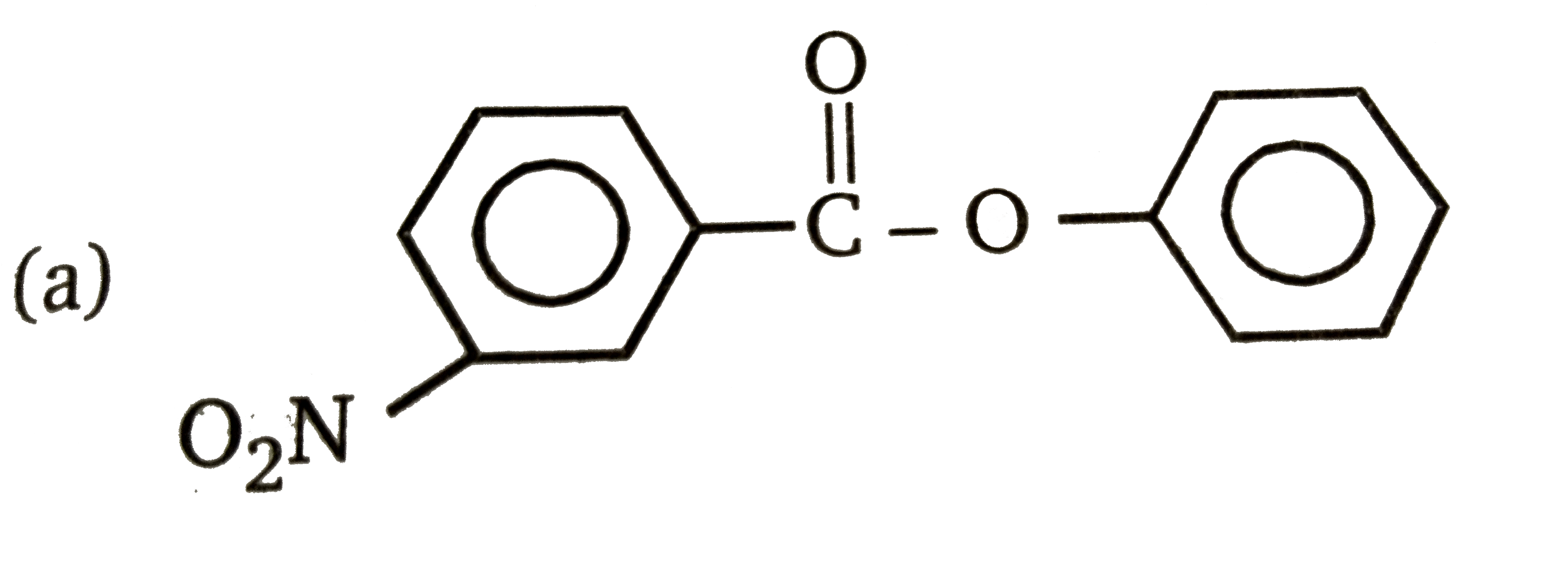 B
B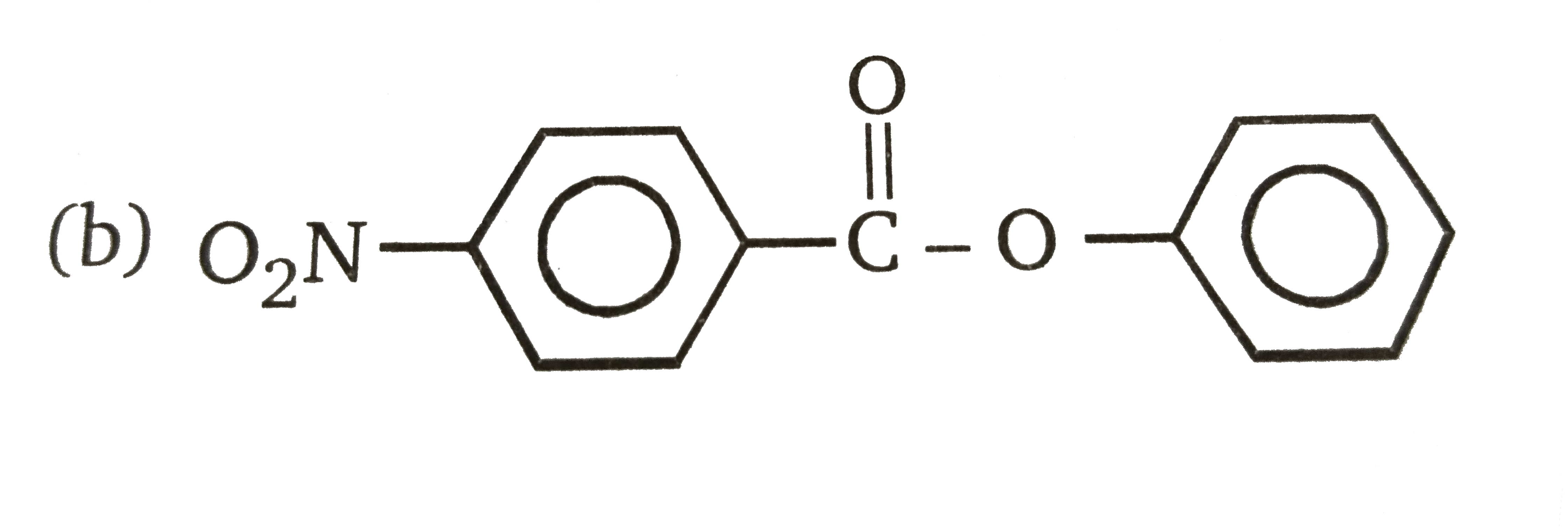 C
C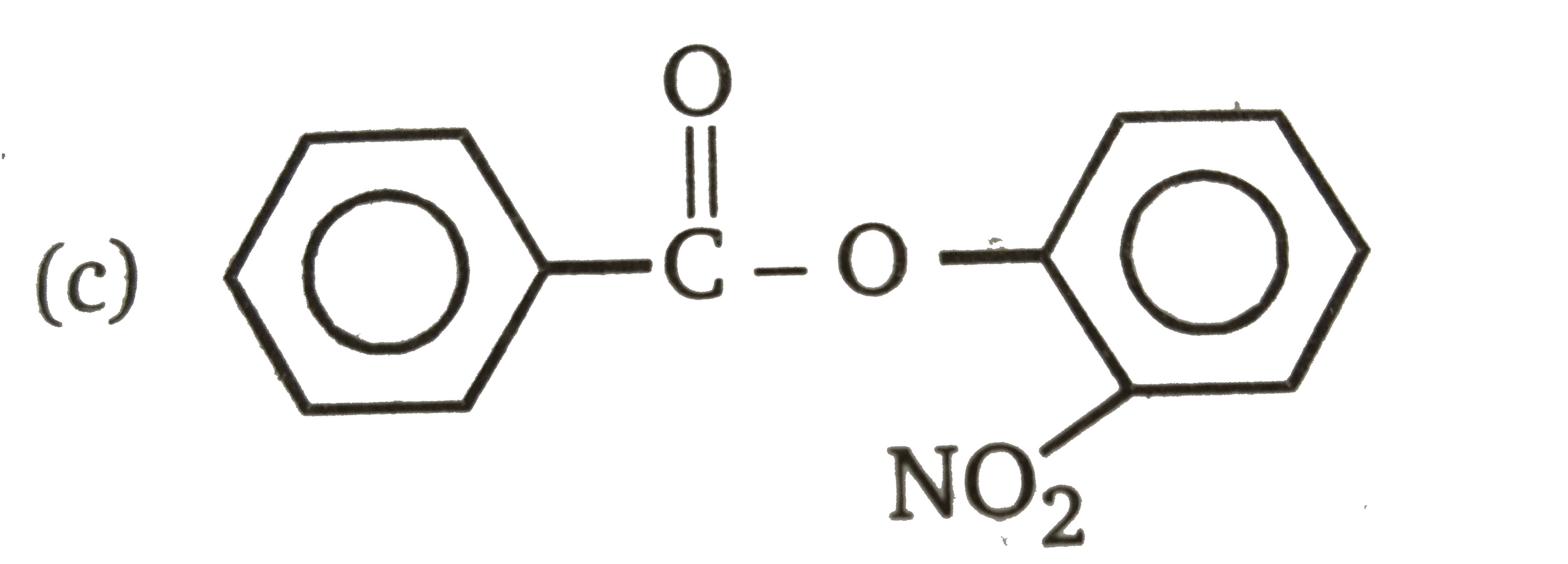 D
D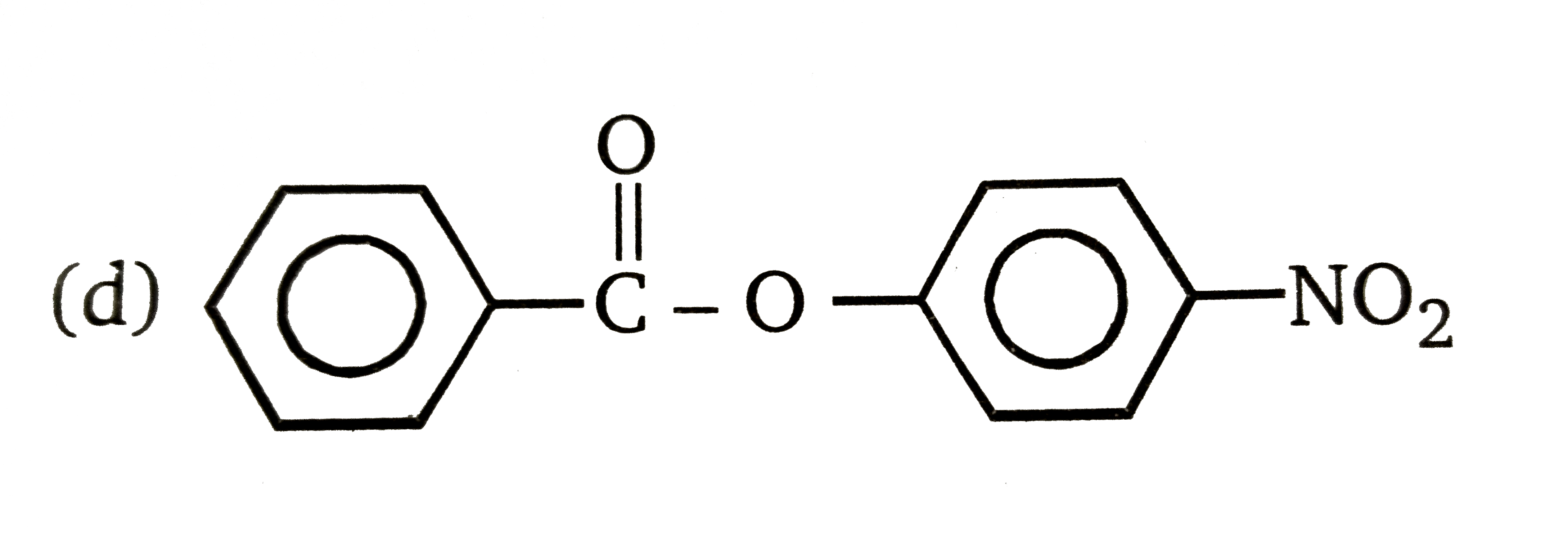
- Question 3 - Select One
The major product of the following reaction is -
 A
A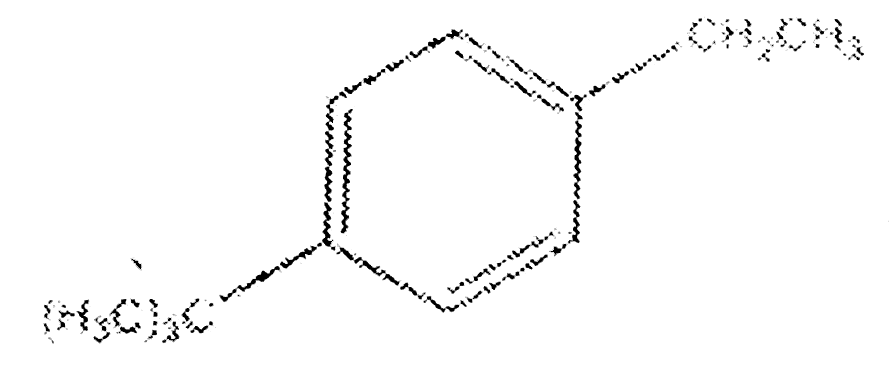 B
B C
C D
D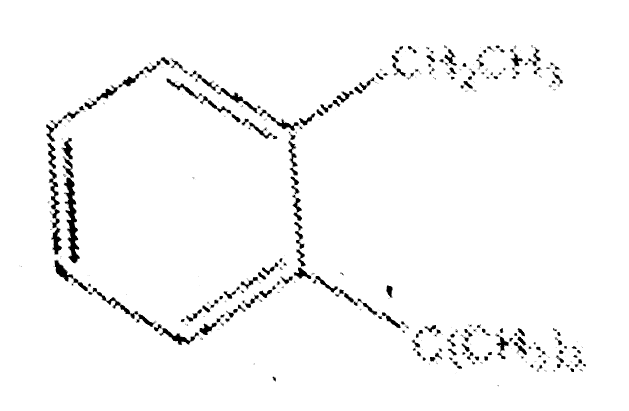





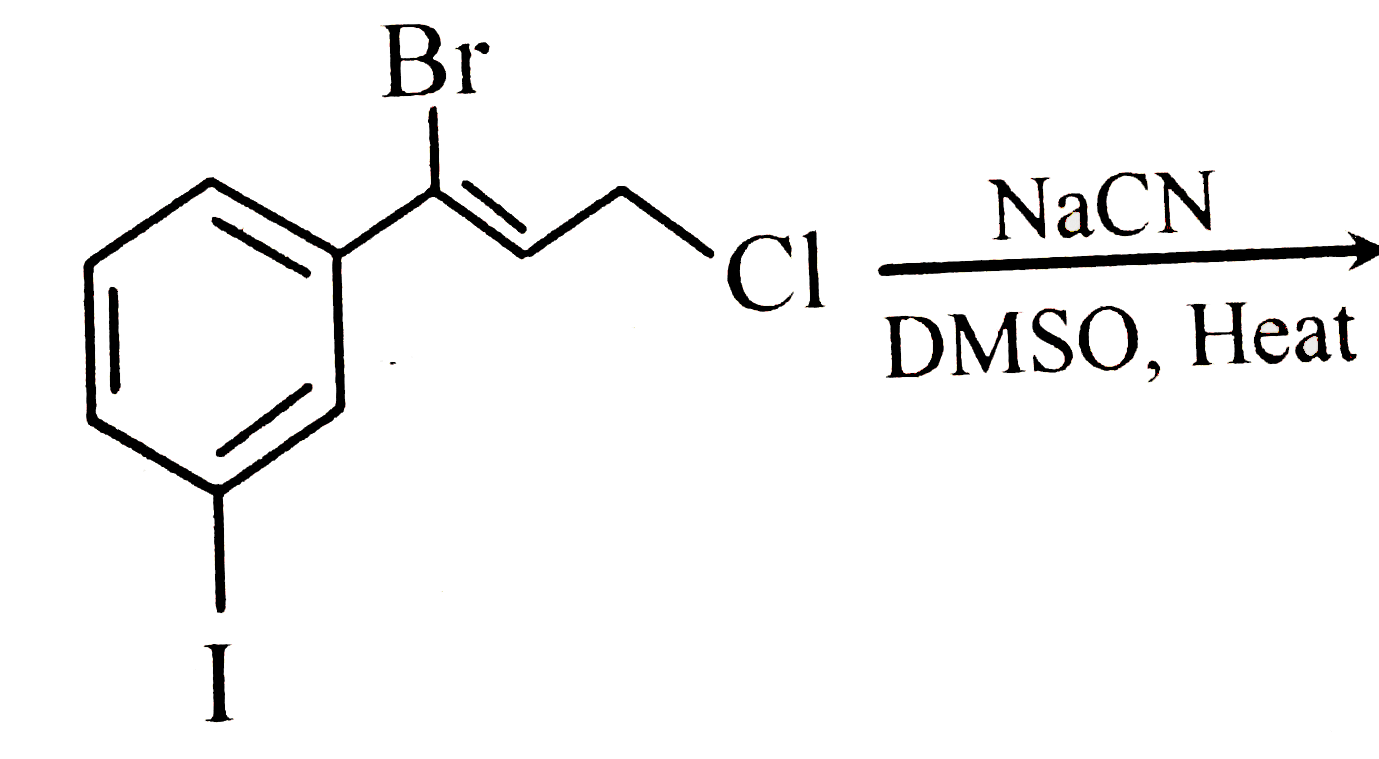

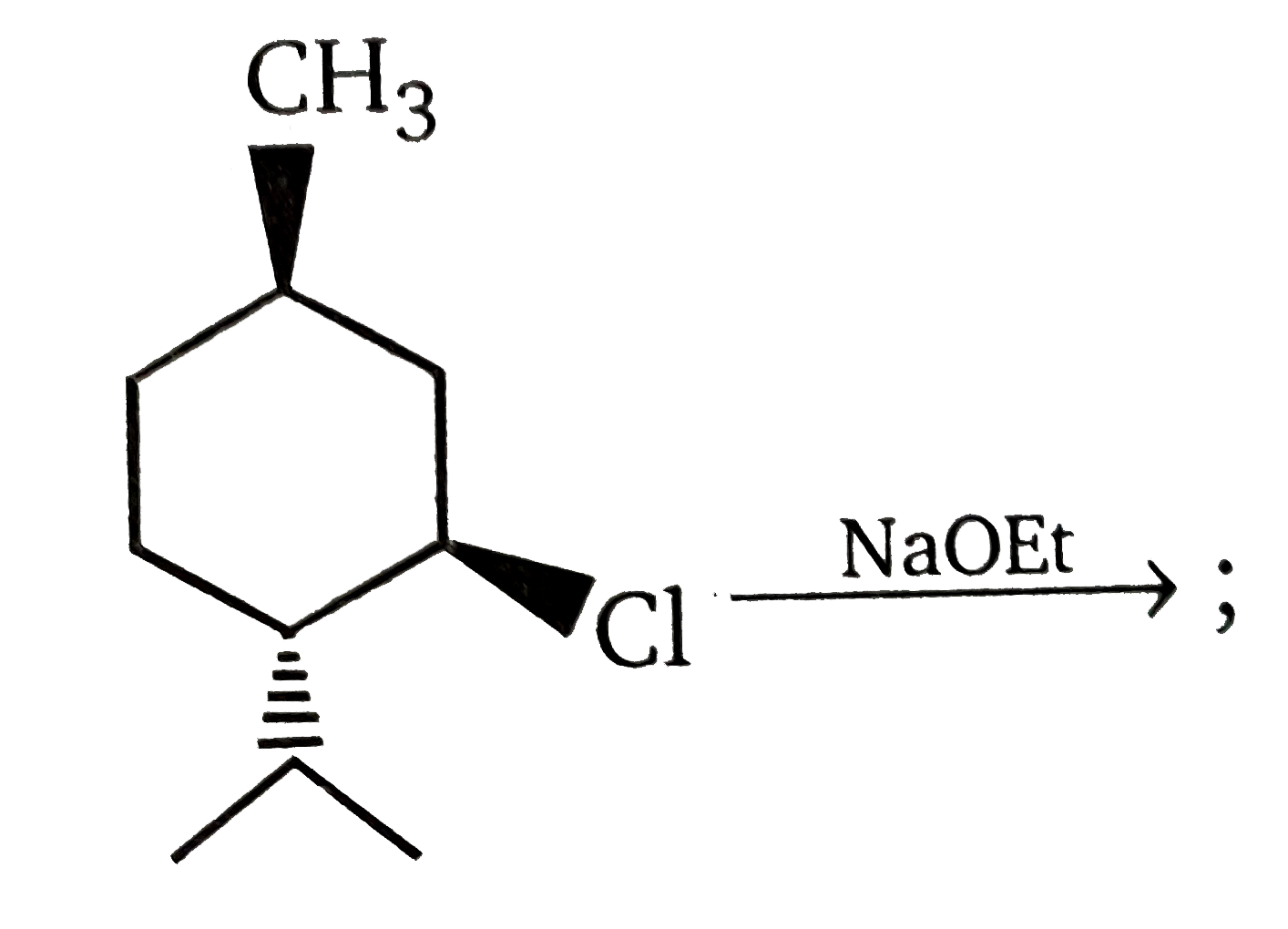 ,major product of the reaction of the reaction is:
,major product of the reaction of the reaction is: